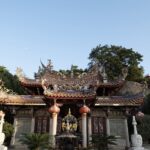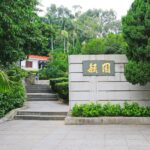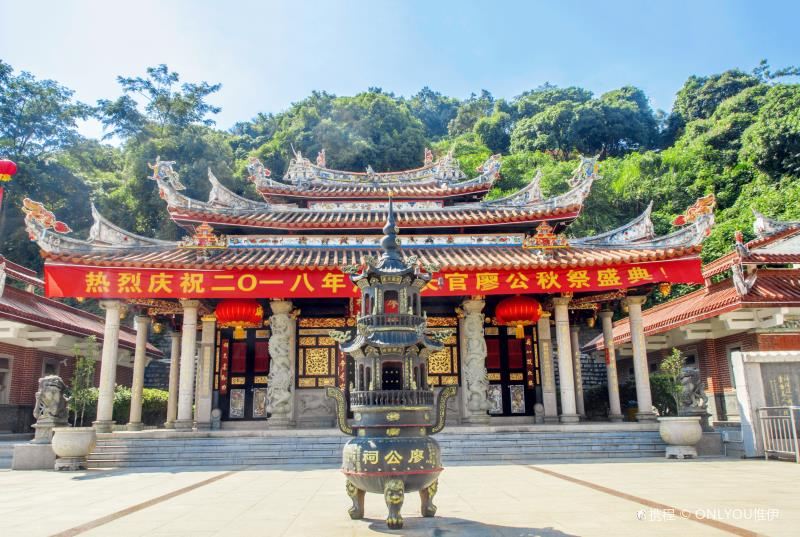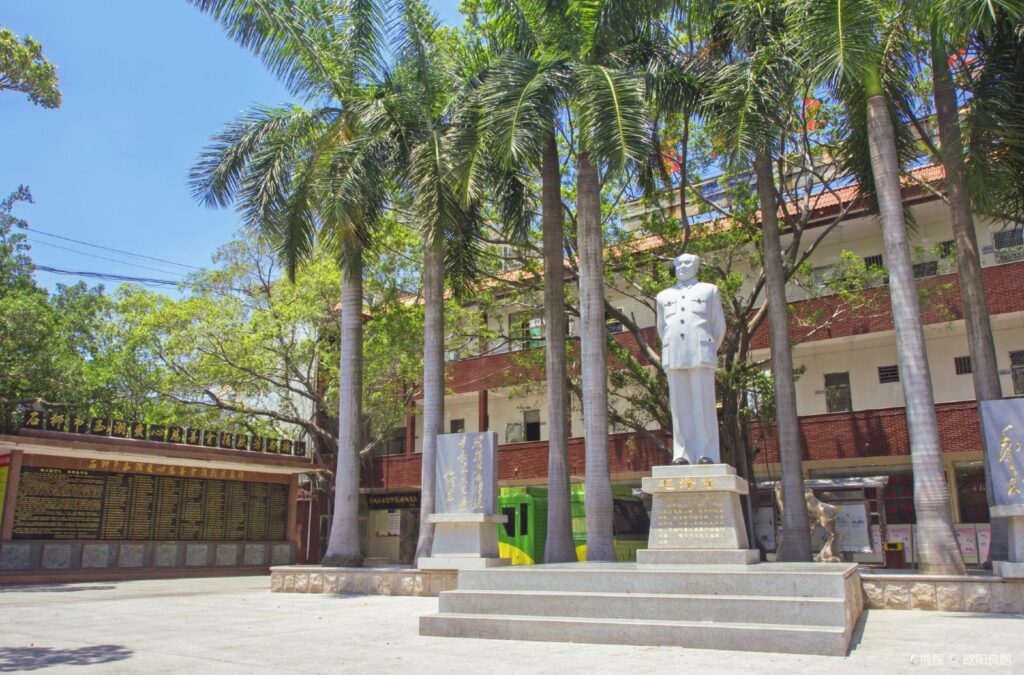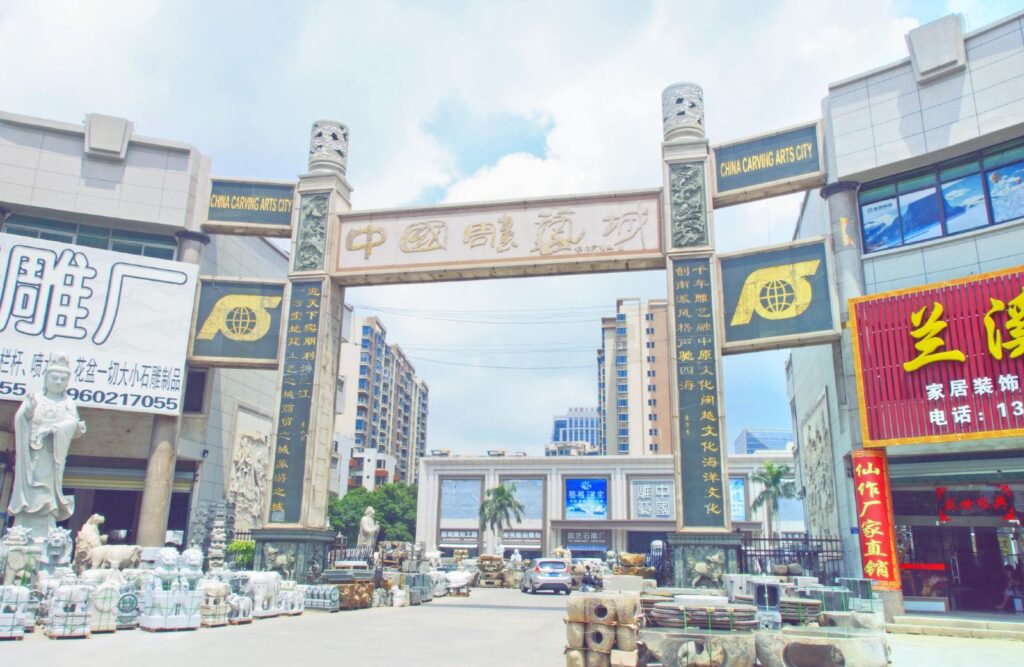This is the ancient path to ascend Mount Gu. Starting from the foot of the mountain at Xianyuan, one must climb over 2000 steps, passing through the ‘Seven Pavilions and Seven Miles Path’ to reach the mountain gate of Yongquan Temple. The first pavilion: ‘Dongji Pavilion’. Beyond Xianyuan lies Dongji Bridge; crossing the bridge and the pavilion marks the beginning of the ascent. Climbing 99 stone steps leads to ‘Yangzhi Pavilion’ (now abandoned).
The second pavilion: ‘Shimen Pavilion’, historically known as ‘Listening to the Waves and Watching the Waterfall Pavilion’. It is 367 steps away from the first pavilion, with the sound of the stream ever-present. The third pavilion: ‘Chengyun Pavilion’, with 271 steps between it and the previous pavilion. Along the path, there are stone carvings such as ‘Chengyun’, ‘Yangtao’, ‘Xiaogu’, ‘Heavenly Wind Blows Dreams’, and ‘Angry Wind and Flying Waves’. The fourth pavilion: ‘Banshan Pavilion’, with a total of 494 steps from the third pavilion to here. The pavilion is named for its location halfway up the ridge. A little over a hundred steps past this pavilion, there is a stone carving that reads ‘Path to the Fairy Garden’, and a small path leads to the Eighteen Caves scenery. Nearly 300 steps after ‘Banshan Pavilion’, there is a stone carving ‘Peach Rock Cave Mouth’, leading east to Peach Rock Cave and Peach Blossom Hermitage. The fifth pavilion: ‘Tea Pavilion’, approximately 520 steps beyond Banshan Pavilion. Named for the tea garden nearby. There are stone carvings along the path such as ‘Unable to Stop’, ‘Should Strive’. It is said that during the Qing Qianlong period, when the prefect of Fuzhou, Li Bo, climbed to this point, he was panting heavily. Moving forward was challenging; retreating was not an option. Thus, he inscribed ‘Unable to Stop’ on a large stone beside the pavilion. The sixth pavilion: ‘Pine Pass Pavilion’, more than 300 steps away from ‘Lotus Pavilion’, with nearby stone carvings of a single-stroke ‘Longevity’, ‘Dragon’, ‘Tiger’, and Wen Tianxiang’s inscriptions of ‘Loyalty, Filial Piety, Integrity, and Rites’. The seventh pavilion: ‘Changing Clothes Pavilion’, just a few dozen steps beyond ‘Pine Pass Pavilion’. Legend has it that when the King of Min ascended the mountain to the temple, he changed his clothes here. There is an inscription: ‘Open the door to admire the previous king’s festival, enter the temple and change clothes in this place’. Climbing to this point, one is sweating profusely, yet the higher altitude brings chill, necessitating a change and addition of clothes. Nearby stone carvings include ‘Do Not Rest Halfway’, ‘Floating Clouds in Sight’, ‘The Path of the Heart Must Be Flat’. Opening hours: Open all day, every day.Ancient Path to Mount Gu – Fuzhou, Fujian
This is the ancient path to ascend Mount Gu. Starting from the foot of the mountain at Xianyuan, one[...]


